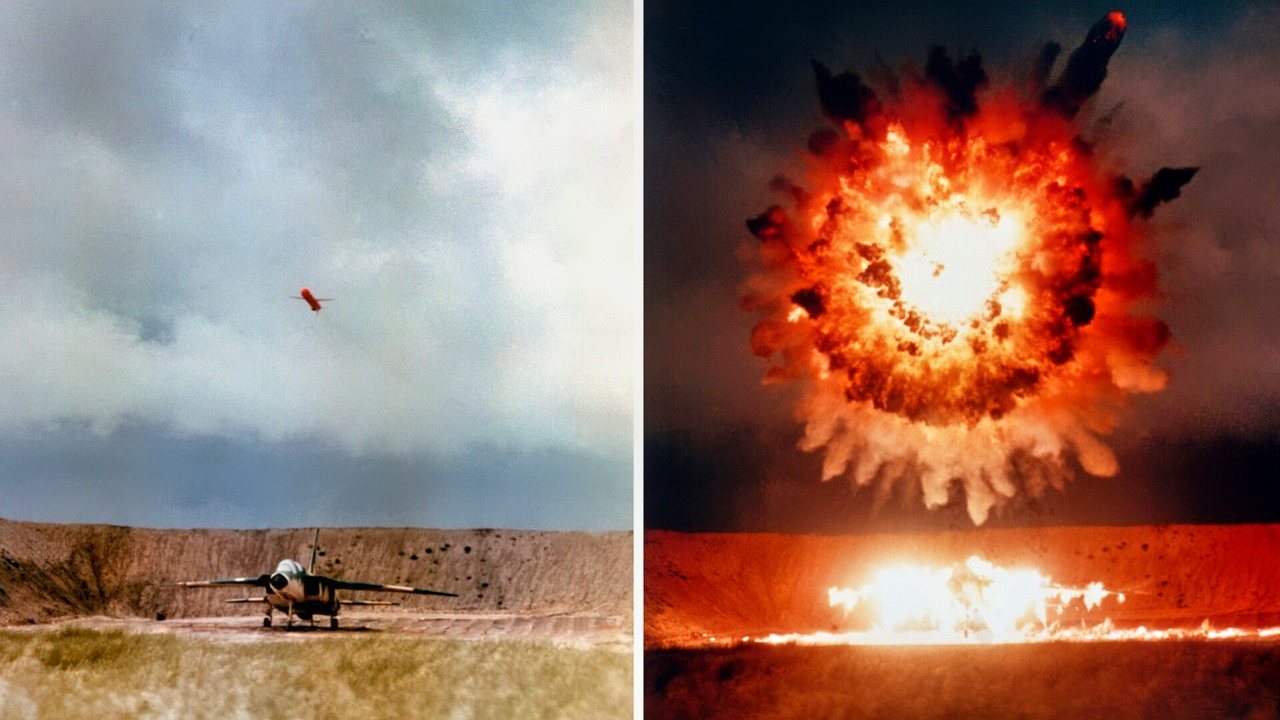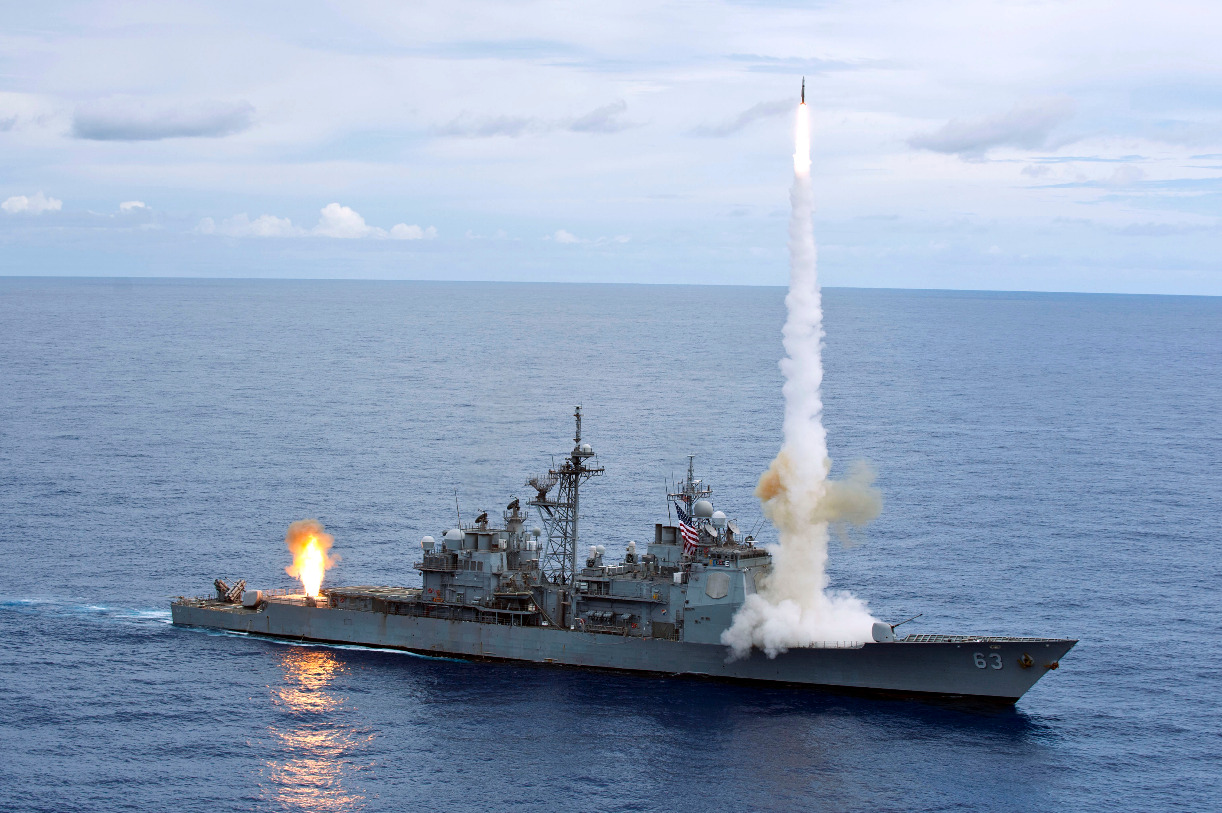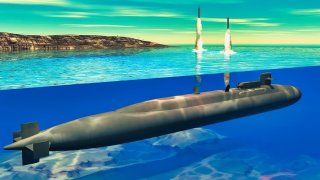Why Almost Nothing Can Stop the Tomahawk Missile
The U.S. military can strike anywhere in the world with precision at short notice. The Tomahawk long-range cruise missile is one of the top weapons systems that enable that capability.
The U.S. military can strike anywhere in the world with precision at short notice. The Tomahawk long-range cruise missile is one of the top weapons systems that enable that capability.

The Tomahawk
The Tomahawk Land Attack Missile is a long-range cruise missile that can operate in all weather conditions. The U.S. Navy and the British Royal Navy are the two leading operators of the munition, which arms their surface warships and submarines.
A jet-powered, subsonic munition, the Tomahawk is designed to fly at extremely low altitudes and use tailored guidance systems to evade air defenses.
There are several variants of the Tomahawk munition.
The Tomahawk Block III Conventional iteration packs a 1,000-lb blast/fragmentary unitary warhead. The Block III Submunition version features a submunition compartment that includes cluster bomblets for strikes against personnel or weapons systems out in the open. The Block IV version adds significantly better capabilities. The operator can reprogram the munition mid-flight through a satellite communications system and strike either a predesignated target or a completely different set of coordinates. In addition, the Block IV can loiter over a target and strike targets of opportunity, as well as provide battle damage assessments to commanders.
Finally, the latest version of the Tomahawk is the Block V, which includes improved navigation and communications capabilities. It allows commanders to adjust to operational developments on the battlefield.
Depending on the version, the Tomahawk has a range between 250 and 1,550 miles. (The range of some variants remains classified.)
What makes the Tomahawk great is its combination of destructive capability and flexibility. Having a highly accurate munition that can take out a high-value target or a concentration of troops and weapons systems but can also adjust course after it has been fired is quite valuable on the modern, dynamic battlefield.
Each munition comes with a price tag of around $2 million. While this is high at face value, the price is rather reasonable for the tactical, operational, and strategic impact the Tomahawk has on the battlefield.
The U.S. Navy has used Tomahawks to strike predesignated targets as part of a targeted campaign and even to support troops in the middle of a fight.
Operational History
The Tomahawk long-range cruise missile has seen action thousands of times. Its first operational use was against Iraqi forces during Operation Desert Storm in 1991. Following terrorist attacks against U.S. embassies in Nairobi, Kenya, and Dar es Salaam, Tanzania, in 1998, the U.S. military responded with a series of Tomahawk strikes against Al Qaeda training camps in Afghanistan. The Tomahawk was also a regular in NATO’s Operation Allied Force during the Kosovo War.

In total, the U.S. military has fired more than 2,300 Tomahawk long-range cruise missiles since 1991.
Stavros Atlamazoglou is a seasoned defense journalist specializing in special operations and a Hellenic Army veteran (national service with the 575th Marine Battalion and Army HQ). He holds a BA from Johns Hopkins University and an MA from the Johns Hopkins School of Advanced International Studies (SAIS). His work has been featured in Business Insider, Sandboxx, and SOFREP.
Image: Creative Commons.


